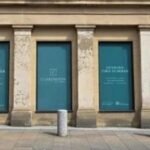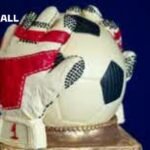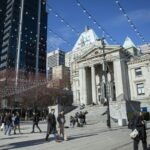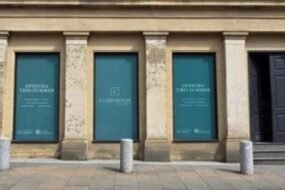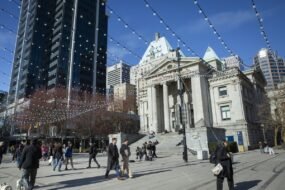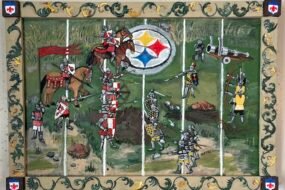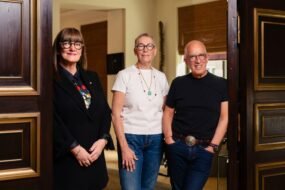
The esteemed contemporary art dealer David Maupin, co-founder of Lehmann Maupin gallery, shares lessons on life, style and business.
One of the most respected contemporary art dealers in the world, David Maupin got his first big opportunity when a collector made an introduction to his future business partner, Rachel Lehmann. Together they founded Lehmann Maupin gallery in New York in 1996 and have since expanded to London and Seoul, where in 2017, they were one of the first international galleries to have a space there. The gallery has also launched seasonal spaces in Aspen, Palm Beach, Taipei, Milan, and Beijing. As well as being early supporters of artists such as Tracey Emin and Doh Ho Suh, today the Lehmann Maupin represents the likes of Lari Pittman, Nari Ward, Cecilia Vicuña and Calida Rawles, amoung others.
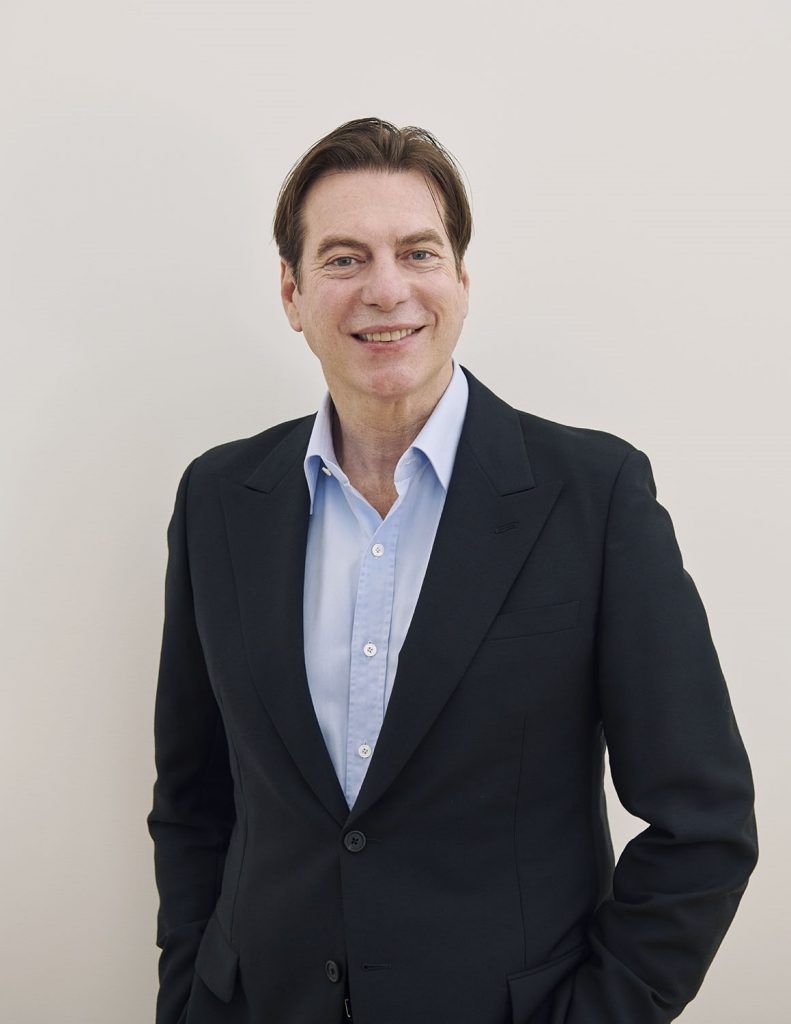
Maupin first arrived in Hong Kong as a child and remembers landing at the old Kai Tak airport. His love affair with the city bloomed after opening a gallery in the Pedder Building and becoming acquainted with the city’s art ecosystem. Not only was he there for the pivotal opening party of the city’s M+ Museum, but he’s also been on the selection committee for Art Basel Hong Kong since the fair’s beginning, a role which continues to this day.
As Lehmann Maupin returns to the fair this year, their booth is showing works by Chantal Joffe, Do Ho Suh, Sung Neung Kyung, Marilyn Minter, Mandy El-Sayegh, Kim Yun Shin and Tammy Nguyen. Additional highlights include a presentation of works by American painter David Salle as part of the fair’s Kabinett sector. The gallery will also show a work by Korean artist Anna Park, whom they newly represent. And a work by Hernan Bas, who’ll have a solo exhibition of new work at Lehmann Maupin in Seoul next month.
In our 25 questions series, the globetrotting gallerist shares intel on his career highlights, his morning routine, whose style he admires and his first big sale.
Where do you call home? New York.
The first piece of art that made an impression on you?
I remember as a child going to museum shows and seeing a Jackson Pollock. I remember very clearly this feeling of being surrounded by colour and movement.
Favourite memory of Hong Kong? I first came to Hong Kong as a child, and I remember landing in the old airport, so that’s definitely one of my first. Then my gallery had a space in the Pedder Building for many years, and I have so many fond memories of the gallery late-night openings, great dinners and shows.
More recently the opening of the M+ was a beautiful night. Suhanya Raffel, Dorian Chong and all the curators were there, and it was just great to see the Hong Kong art community get together. I think the M+ is such an important contribution to the international art world. It’s a landmark museum, beautifully designed for art but also for the community. And now I think it’s one of the great museums of the world, along with the Pompidou and the Guggenheim in New York and Bilbao.
What was the first job you ever had? Working part-time in the library at university. That was really the first job where I got some kind of pay cheque, and I felt very proud of it.
Your biggest break? I’m not sure if it’s a break, but definitely one of the most important moments in my career was when I met my business partner, Rachel Lehmann. At the time I was living in Milan, working as an advisor, and an Italian collector said that I should meet this gallerist who, at the time, had a gallery in Lausanne, Switzerland. Milan and Switzerland are very close, so I got on a train and went to meet her.
What was your first big sale? It was to the Italian collector who introduced me to Rachel. Before that I’d been selling a bit of art, and working with galleries and things. But I think that was my first big sale. The work was by American painter David Salle, an artist who we still work with at the gallery.
Your happy place? With my family and my daughters. Whether it’s a summer night at our house just having dinner or even skiing or on vacation. Even when we’re all together in Hong Kong. After Art Basel last year, I have such a fond memory of us all having lunch at Cococabana in Shek O.
Favourite hotel? The Mandarin Oriental Hong Kong is like a second home to me.
An item you can’t travel without? My APC jeans. Whether with or without a jacket, you can’t go wrong with APC jeans.
Whose style do you admire? Quite a few people come to mind. I think Sir David Tang had great style, whereas Tom Ford has great American style. I even still admire the style of the late Italian industrialist Gianni Agnelli.
Any business rules you live by? Doing business with honesty and purpose.
The most challenging thing about working in the art world? I think the establishment of value. Value is very subjective but somehow can appear objective because of the auction model. But auctions don’t really tell the complete picture of an artist’s career.
An artist you’re most proud of working with early in their career? We gave our first New York gallery exhibition to Do Ho Suh, who’s been an artist of the gallery for a long time. We gave Tracey Emin her first gallery show in New York, where she showed her famous sculpture The Bed, and she was nominated for the Turner Prize because of that exhibition. As well as the great Brazilian artist Adriana Varejão and Mickalene Thomas. There’s many that I’m very proud to have had a relationship with.
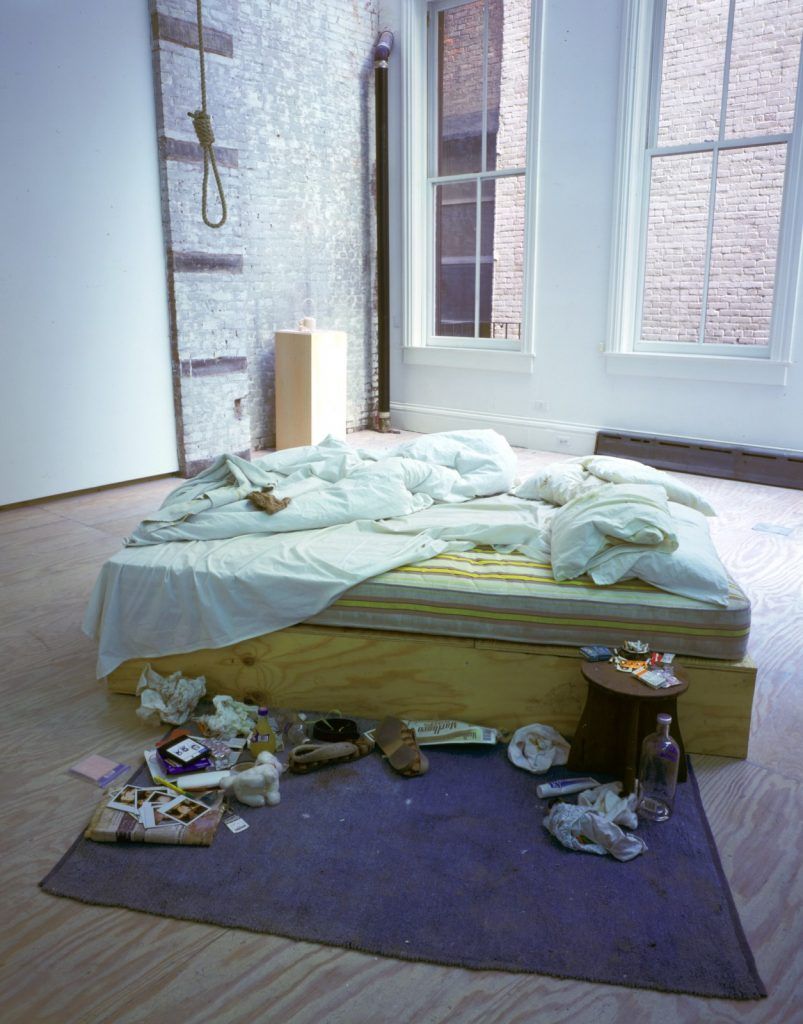
Any sartorial rules you live by? Don’t overthink it.
The best piece of advice you ever received? I think from my grandfather, who told me that things at auction are either undervalued or overvalued. They’re never at the right price. And I think that’s really something you can see happening in the art world now. Auctions are very easy to manipulate. It only takes two people with an interest in something to increase its value publicly, and that price can change very quickly, whether up or down.
One item in your wardrobe you can’t do without? I would say a good blue blazer. Whether in winter, a cashmere or corduroy blazer, or in the summer, a linen or cotton one.
The best thing about being a father? Learning patience.
Do you have a typical morning routine? Drinking coffee. I drink a lot of it, and then after I’m up for about an hour, I cut myself off and don’t have any more for the rest of the day.
Do you have a favourite author? Joan Didion. The first of her work I ever read were articles in Rolling Stone magazine. After that, Slouching Towards Bethlehem was the first book that really had an impression on me.
The proudest moment of your career? Museum solo exhibitions and museum sales are always very proud moments. In 2023, we had over 150 museum sales in a year, and I’m very proud of that because that’s something that’s very honest and something that really shows value in an artist’s work.
What would you be if you weren’t an art dealer? I think I’d be a good agent, whether for writers or actors. I think I could do that.
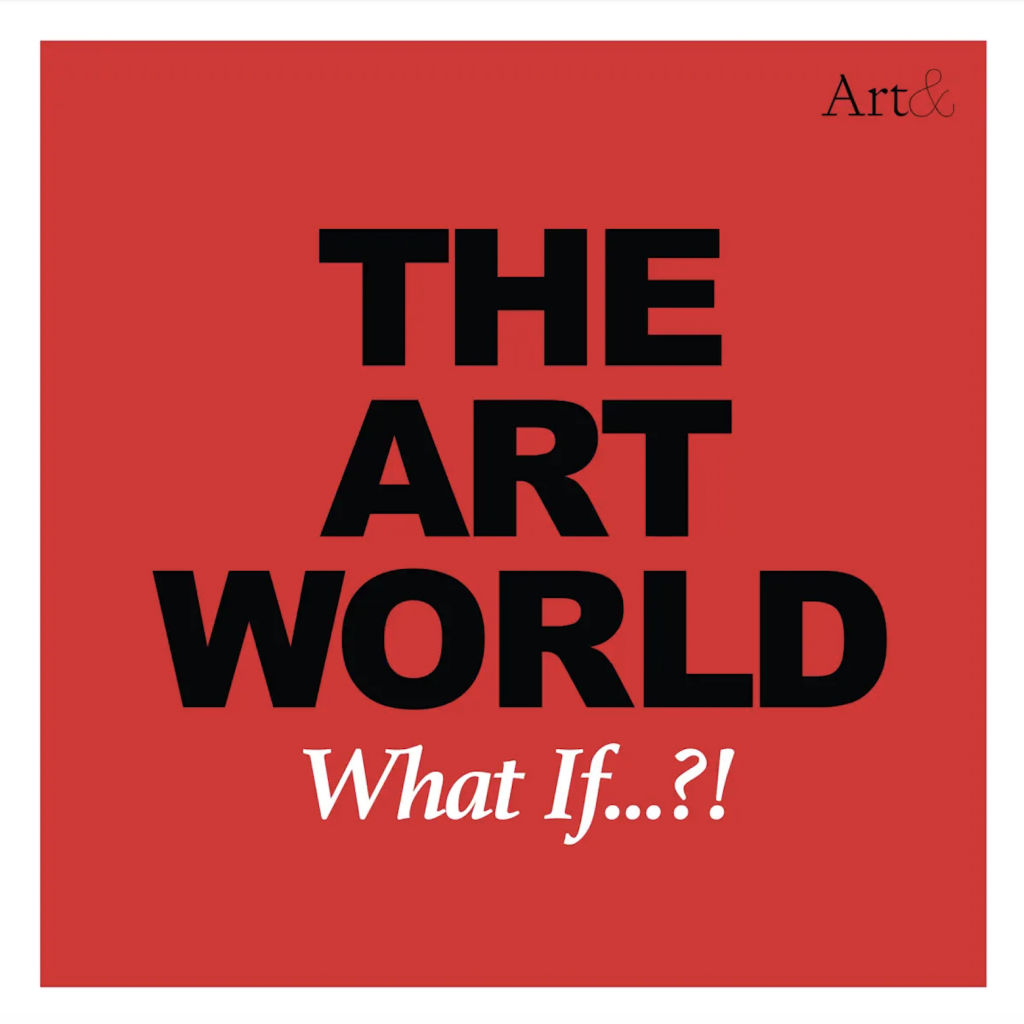
A fashion brand that you come back to time and time again? For casualwear, I always go back to APC. I think they do really great basics. For T-shirts, James Perse. For evening wear, Tom Ford. And for business wear I go to London, to the tailor Richard James on Saville Row.
Do you have a favourite podcast? The Art World: What If…?
The best party you ever went to? Probably the Met Gala in New York. I’ve been a couple of times, but one year in particular – in 2017 – was a very special one, as I was invited by my great friend Tory Burch. She’s an amazing woman and someone I admire so much.
Do you have a favourite building in the world? I love the Pedder building in Hong Kong. I think if I were to open a gallery here again, that’s where I’d go back to.
(Hero image: Maupin describes the Mandarin Oriental Hong Kong as his second home)


